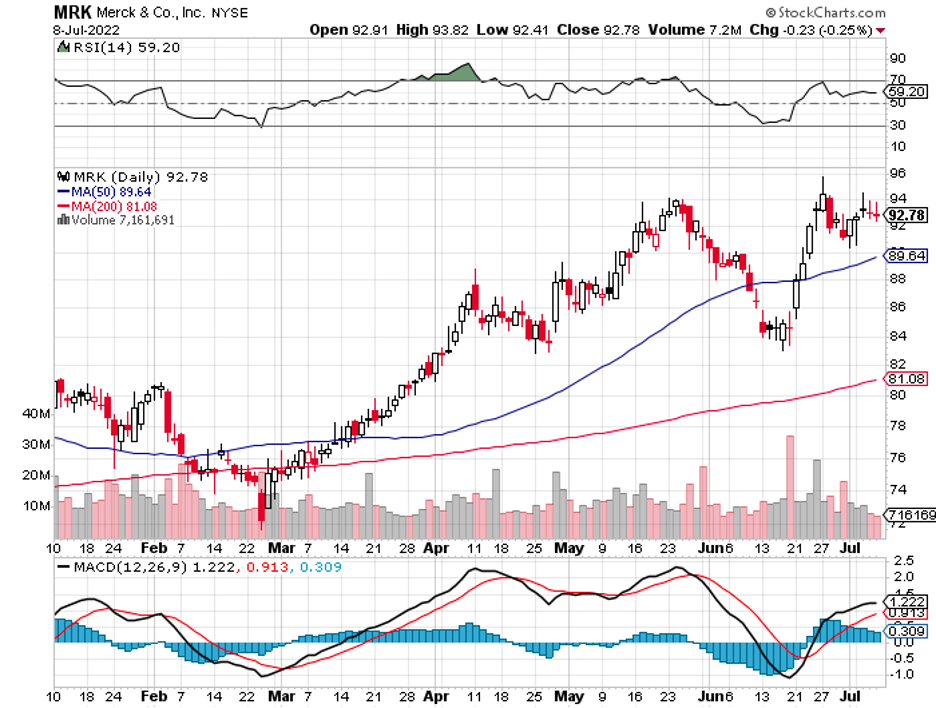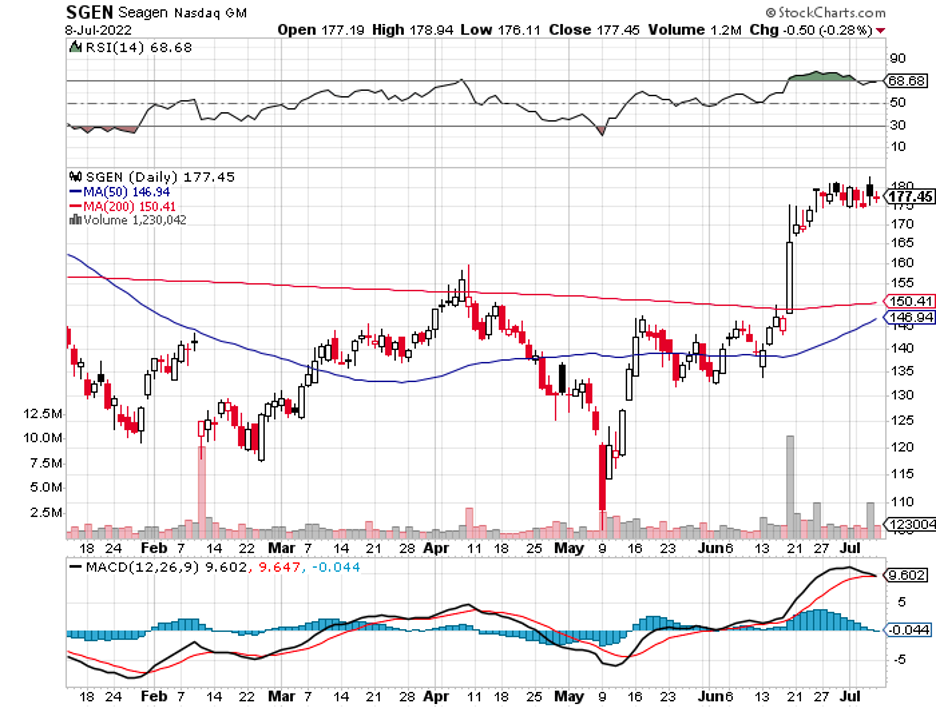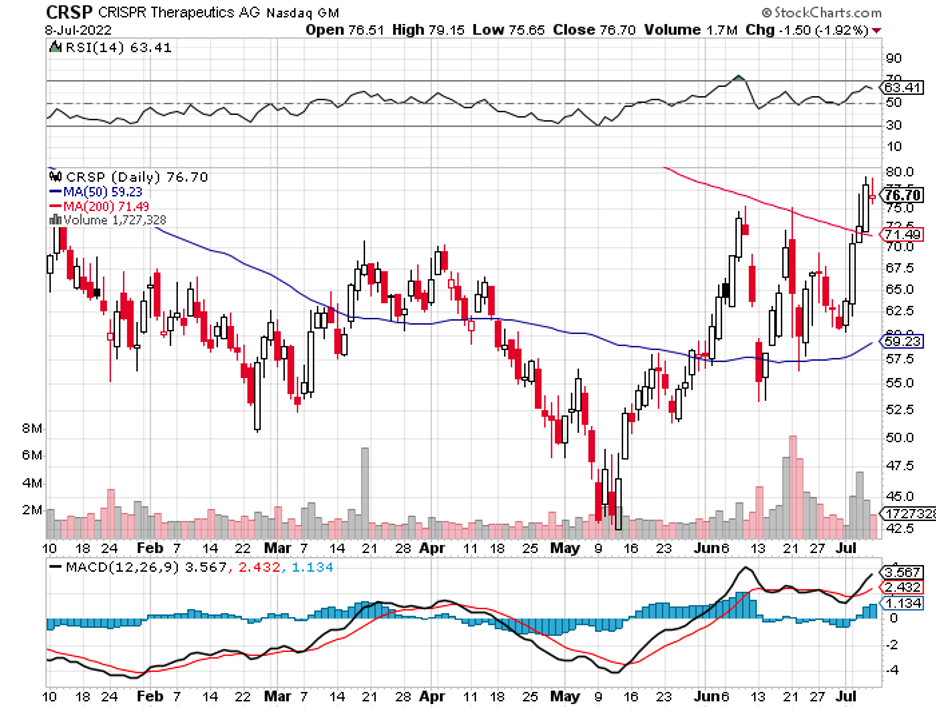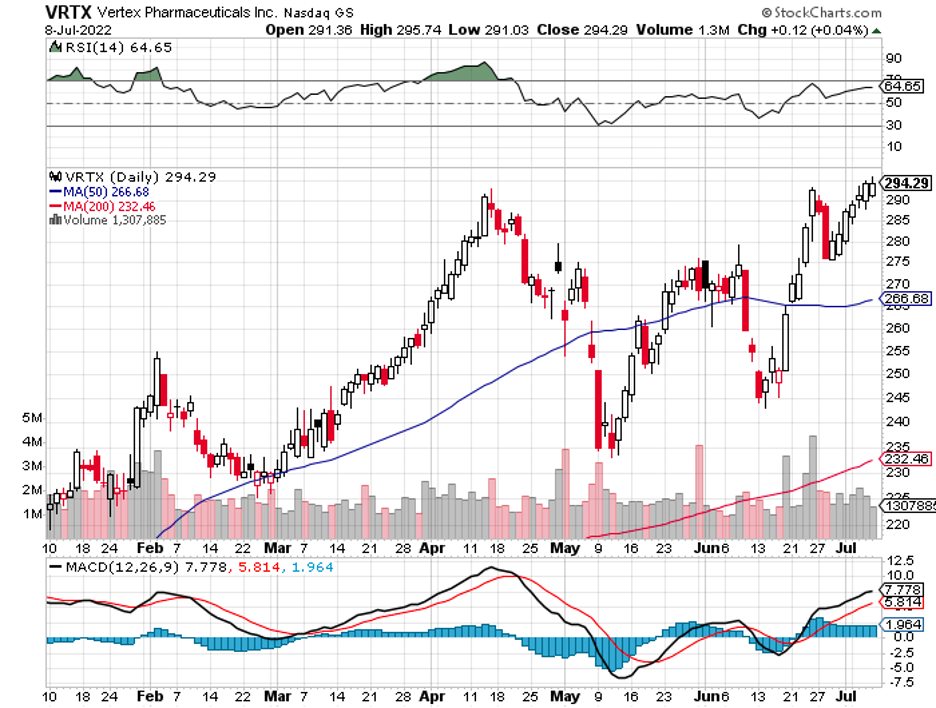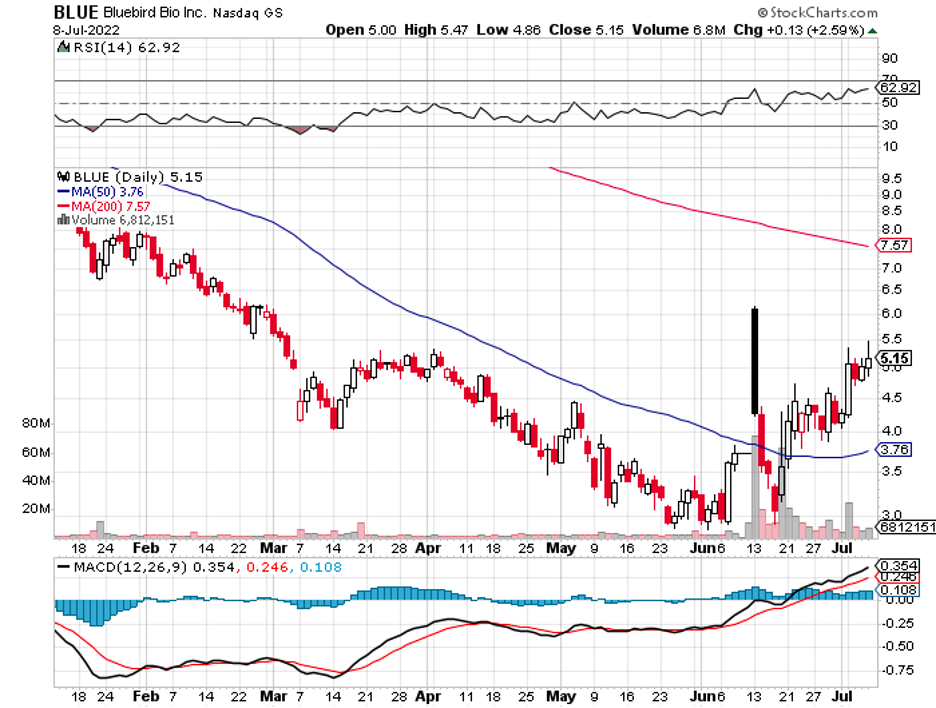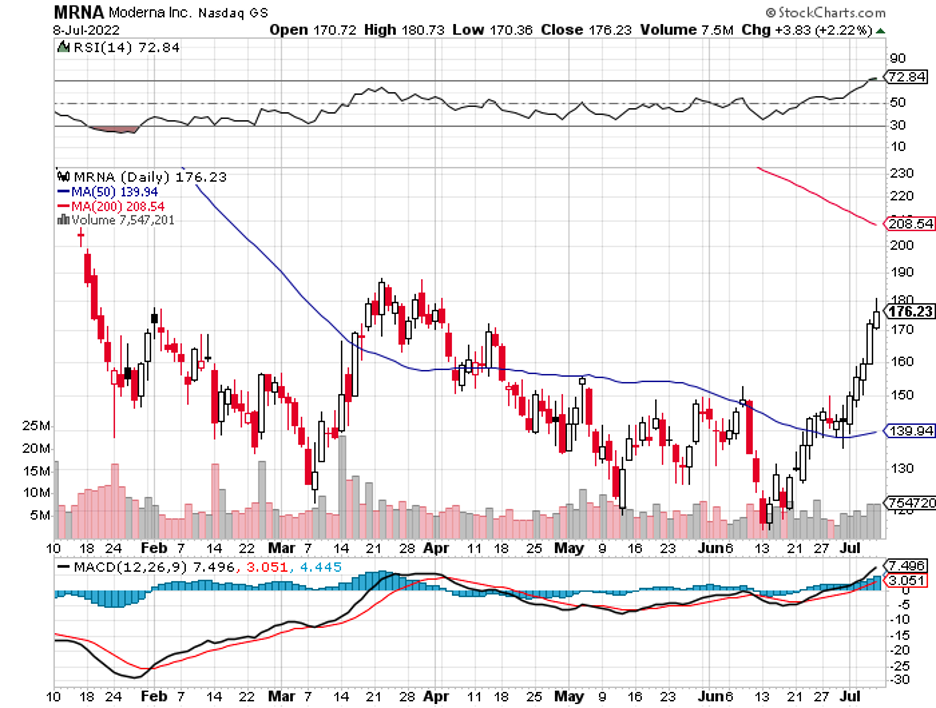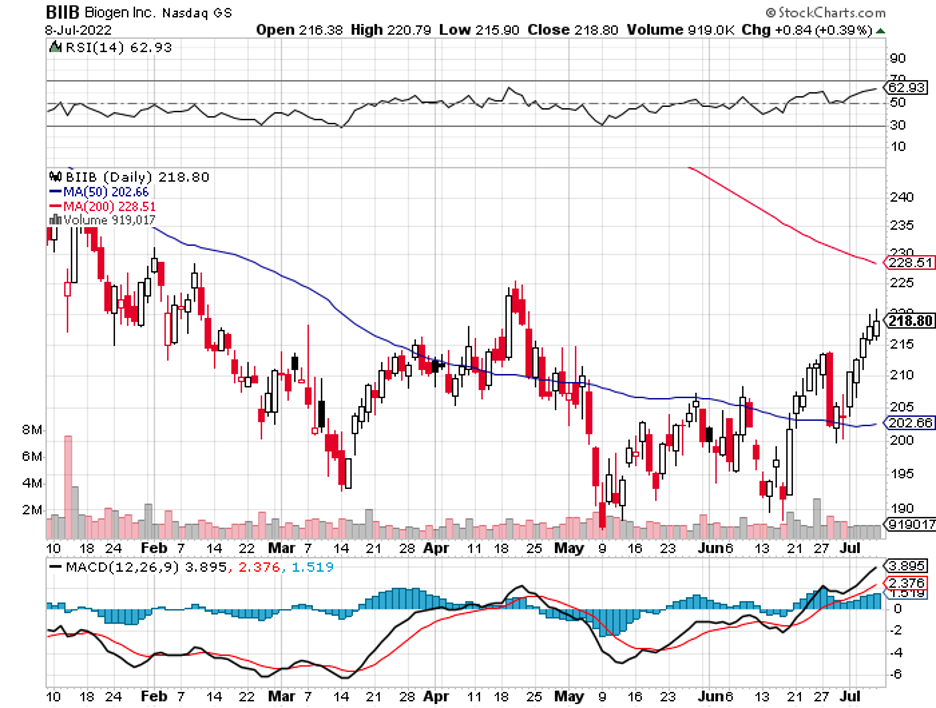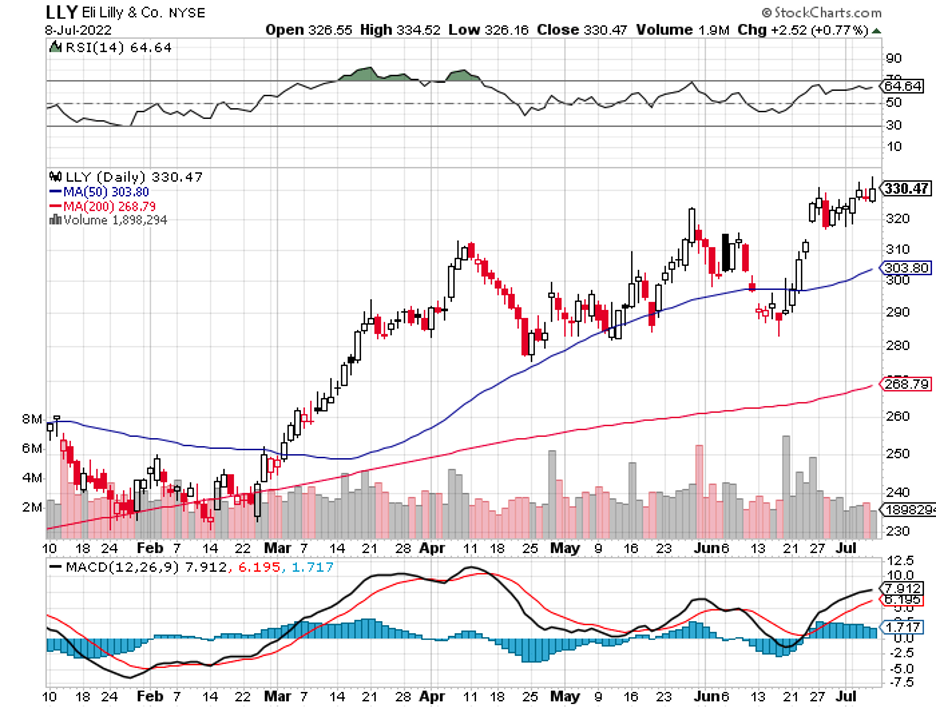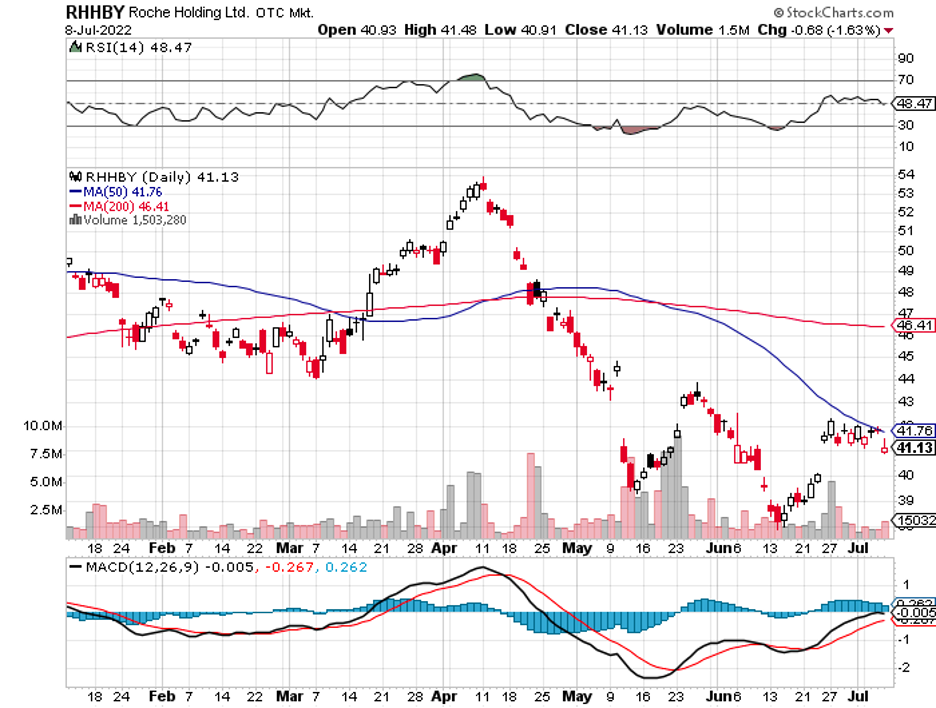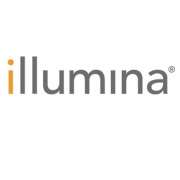Biotechnology companies have taken the reins and are expected to outperform the general market in the near future.
To date, the Nasdaq Biotech Index (NBI) has been up by 2.41% while the iShares Biotechnology (IBB) exchange-traded fund has climbed by 2.47%.
Numerous crucial factors place this industry in an advantageous position for growth. Alongside other segments of the pharmaceutical and healthcare industries, the biotechnology sector is essentially recession-proof.
With a roughly 40% fall in the biotech sector from 2021’s high, it’s highly likely for us to witness a boost in takeover activity in this space.
This is evident in recent reports of Merck (MRK) attempting to acquire cancer biotech Seagen (SGEN), as discussed in the June 30 issue of this biotech and healthcare letter.
The talks have progressed, and it appears that Merck is nearing the end of the process. The goal is to have the details worked out by the time the quarterly earnings report is released on July 28.
While no specifics have been made public, it is estimated that the larger healthcare company will pay a staggering $40 billion for this Seagen acquisition.
If this goes through, Merck will pay more than $200 per share for Seagen.
The news of this acquisition bolstered Seagen’s business as the stock rose by 4.6% at the time of the announcement.
This is welcome news given the perceived slowdown in biotech M&A activity since 2020. As a result, the idea fueled pessimism among investors who failed to see the big picture during this time period.
Analysis of 101 contracts signed by small, medium, and large biotechnology companies between January 2015 and June 2022 reveals that this year's contract volume and size are comparable to those of previous years.
In fact, there have been $17.7 billion in transactions so far in 2022. This translates to more than $13.9 billion in 2020 and $7.2 billion in 2021.
Some investors may be concerned about the quality of these acquisitions.
Even though the companies involved paid good premiums, the last 12 months' acquisitions were done at a big discount to the highest share prices of the businesses being bought.
To put it simply, there has been a problem with pricing in the sector as of late.
This is admittedly a "bittersweet" reality of recent biotech M&A transactions. As a result, market perceptions are clouded and investors are misled into believing that a much larger problem is brewing in the sector.
Executing megadeals is an obvious solution. This is why the Merck-Seagen merger is such good news for the industry.
The impact of this report suggests that large-scale M&A could be part of the path to the biotech sector's recovery.
The mere possibility of this transaction has already increased the SPDR S&P Biotech exchange-traded fund by approximately 20%.
In addition to Merck and Seagen, other biotechnology companies have been widely discussed as potential acquisition targets.
CRISPR Therapeutics (CRSP), which has a long-term partnership with Vertex Pharmaceuticals (VRTX), is a fan favorite. By the fourth quarter of 2022, the two intend to submit their sickle cell and beta-thalassemia treatment for approval.
Bluebird Bio (BLUE) is another company that has been on the radar whenever acquisition discussions begin.
This gene therapy and cancer biotech has been unnerving investors for months, even before the pandemic triggered an economic crisis, due to its lackluster performance. Despite this, its gene-editing program has enormous potential.
With a market capitalization of $368 million, it is an ideal candidate for Merck and even Moderna (MRNA). After all, both have been considering expanding its oncology program, and a dirt-cheap acquisition target appears to be an appealing option.
Biogen is another name associated with multiple interested parties (BIIB). Since its Alzheimer's treatment failed to materialize and deliver despite the biotechnology company exhausting virtually all available options to salvage the situation, the stock has yet to exhibit any signs of recovery.
After betting the farm on this candidate, Biogen has struggled to maintain its financial stability. In an effort to improve its cash flow and pay off its debts, the company has also been working overtime to advance the other programs in its pipeline.
Eli Lilly (LLY) and Roche (RHHBY), which have been working on their own Alzheimer's treatment, have recently been linked to Biogen.
With a market capitalization of $32 billion and a money-losing program, however, any transaction involving this biotech would require significantly more time.
Overall, it appears that biotechs are gradually regaining their footing. It is only a matter of time before all the pieces fall into place and the sector begins to move forward with full force.
